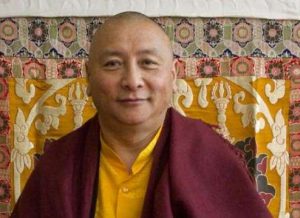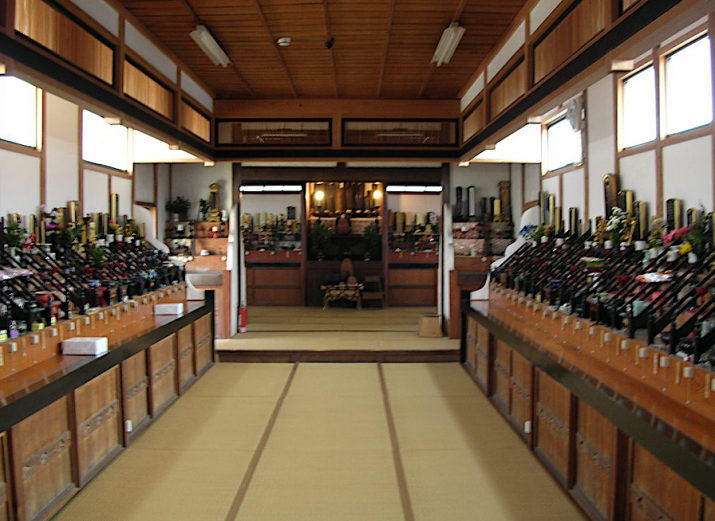
Conceptions of “consciousness” and “self” are central to the Buddhist project and thus to many Buddhist philosophies. One of the central causes of suffering that Gautama, the founder of Buddhism who is known under the honorific Buddha, identified is the false view of, and attachment to, what we call “self.” Consequently, the notion of “no-self” (Skt: anātman) became one of the conceptual foundations of many Buddhist philosophies. While many Japanese Buddhist thinkers inherit and embrace the notion of no-self, albeit sometimes in creative and innovative ways, quite a few death rites in Japanese Buddhism, some of which I have discussed in previous articles, are at odds with this central Buddhist notion. This essay will attempt to survey and navigate this plethora of beliefs and assumptions.
Such a journey through the forest of varying conceptions of self in Japanese Buddhism, of course, has to start with Buddha’s conception of no-self. As the Sanskrit term anātman suggests, the Buddha conceived of no-self in direct opposition to and as a rejection of the Upanishadic concept “ātman.” To understand the notion of no-self one has to commence with the notion of ātman, which conceives of the essence of individual human persons as an unchanging, unified, and, most of all self-caused substance that persists through temporal changes and is identical to the brahman, the one substance of the world. This is what the Buddha denied, not any sense of selfhood itself. What we call self constitutes an ever-changing product of a complex causal process, pratītya samutpāda, and constitutes a compound of five basic aggregates, body, feeling, perceptions, consciousness, and intentions. By using the term no-self, the Buddha proposed that what we call the self is impermanent, nay momentary, dependent, and devoid of essence.
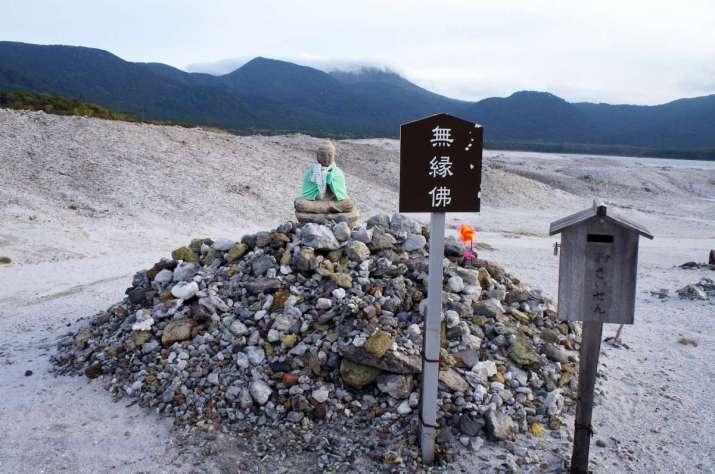
While this notion of no-self is, as a quite a few contemporary philosophers such as Derek Parfit (1955–2017) assert, philosophically quite plausible, it also raises a host of ethical and phenomenological questions: Is there any moral and legal accountability for the actions, positive or negative, we commit? If there is no self, why do most people maintain the belief in a continuous or persistent if not permanent self. Thus, some Buddhists introduced the notions of “personhood” (Skt: pudgala) and, in the case of some Mahāyāna thinkers, the notion of “buddha-nature” (Skt: tathāgathagarbha). A lot of Hindu philosophers recognize in these conceptions the very Hindu conceptions of an “individual self” (Skt: jīva) and the ineffable and all-encompassing, universal “world-soul” (Skt: ātman) that Buddha rejected in the first place. Most Mahāyāna Buddhists philosophers and texts interpret, especially, the notion of buddha-nature in the light of the doctrine of “emptiness” (Skt: śūnyatā), proposing that the commonality among all individual persons is exactly the very lack of an individual, identifiable, and persistent essence.
But how does conception help us understand the phenomena of personhood and consciousness, including the sense of continuity and persistence? After all, these phenomena form the basis of our beliefs about morality, the afterlife (whatever shape it may take), and spiritual attainment. Some may take a lead from Confucius and ask what good are speculations about the afterlife as long as we are unable to organize life in this world; there is a Zen adage that only a dead person can know the afterlife. But speculation about the afterlife are good test-cases of what our conceptions of the self are. Before I outline some of these conceptions I want to offer a definition and a disclaimer: 1) By “afterlife,” I mean what happens, if anything, after physical death; 2) There is a diversity of beliefs within the Buddhist tradition as there are multiple philosophical or religious systems within the Buddhist tradition. In Japan, Buddhist visions of an afterlife, according to official doctrine, range from early Buddhists beliefs in reincarnation and nirvāṇa (although commitments to these two conceptions are mostly nominal) to the conceptions of a Pure Land, posthumous buddhahood, and “buddhahood in this very body” (Jpn: sokushinjōbutsu). But these conceptions, as exciting as they may seem, do not address the above-mentioned moral and phenomenological questions.
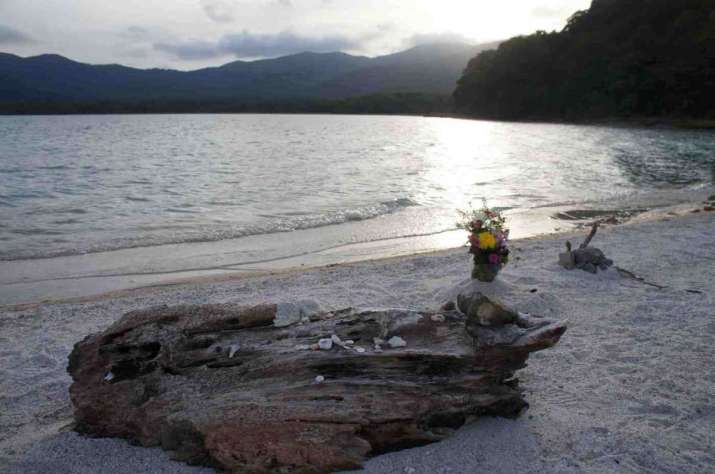
The religious rituals developed by various Buddhist institutions point to and try to solve some of the practice problems implied by the philosophical conceptions of self and personhood. As discussed in an earlier essay,* many Buddhist death rites in Japan presuppose the notion of a continuous, immaterial self that survives death and is not reincarnated. Funerals bestow “precept names” (Jpn: kaimyō) to the deceased, a ritual for aborted fetuses and stillborn children called (Jpn: mizuko kuyō) mourns and comforts the spirit of these children, the deceased are believed to return for the holiday Obon in August, some people go to Mt. Osore** to meet up with deceased relatives, and some families marry off relatives who die single to a ghost in postmortem weddings (memorialized in mukasari ema). All these rituals are, obviously, at odds with the beliefs discussed above.
Clearly this conundrum cannot be solved in 1,000 words. Also, the landscape of beliefs and practices in Japanese Buddhism is diverse and does not allow for a one-fits-all solution. But I do not think this is necessary. I think these beliefs and practices provide pieces to the puzzle of who we are and who we will be. As so often, I receive my clues from the philosopher Dōgen (1200–53). According to Dōgen, our beliefs and practices are expressions and, at the same time, non-expressions—this means they are incomplete—of the Buddha’s teaching. The beliefs people hold and the practices they engage in tell us more about them than about the dead. We are who we are and who we will be in relation to real and imagined others.*** We exist as momentary embodiments of these expressions in the present. The dead, immaterial as they are, live on in our memories as well as our thoughts, and exist embodied in artifacts, pictures, and rituals. As the philosopher Inoue Enryō (1858–1919) suggested, while we may not be able to make any educated claims about the afterlife, it may help to think of death, physical and mental, as a transformation rather than as an end.**** Then the variety of Buddhist beliefs and practices make sense. Then we realize that we can learn from the beliefs and practices of others even if they do not fit into our worldview. Ultimately, the question who we are as individuals and as humans concerns all of us.
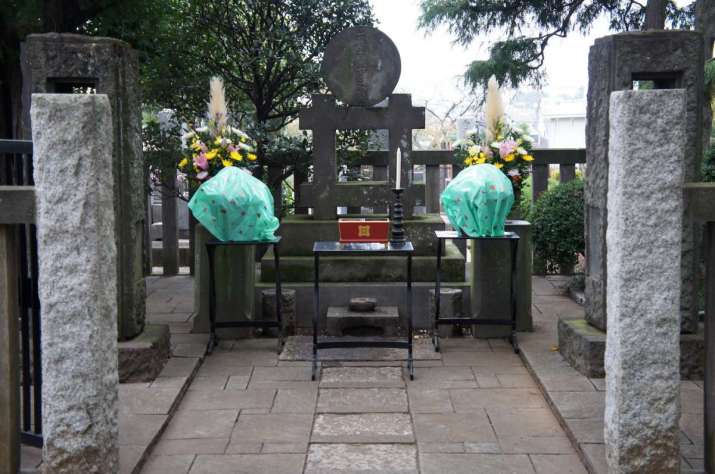
* How to Face Death – Pilgrimage and Death Rituals in Japanese Buddhism (Buddhistdoor Global)
** The Variety of Practice in Soto Zen Buddhism (Buddhistdoor Global)
*** Who am I – Self-discovery in Japanese Zen Practice (Buddhistdoor Global)
**** Inoue Vol. 19, p. 331.
References
Inoue, Enryō. 1987–2004. Inoue enryō senshū [Selected Works of Enryō Inoue], 25 Volumes. Tokyo: Gakkō Hōjin Tōyō Daigaku.










